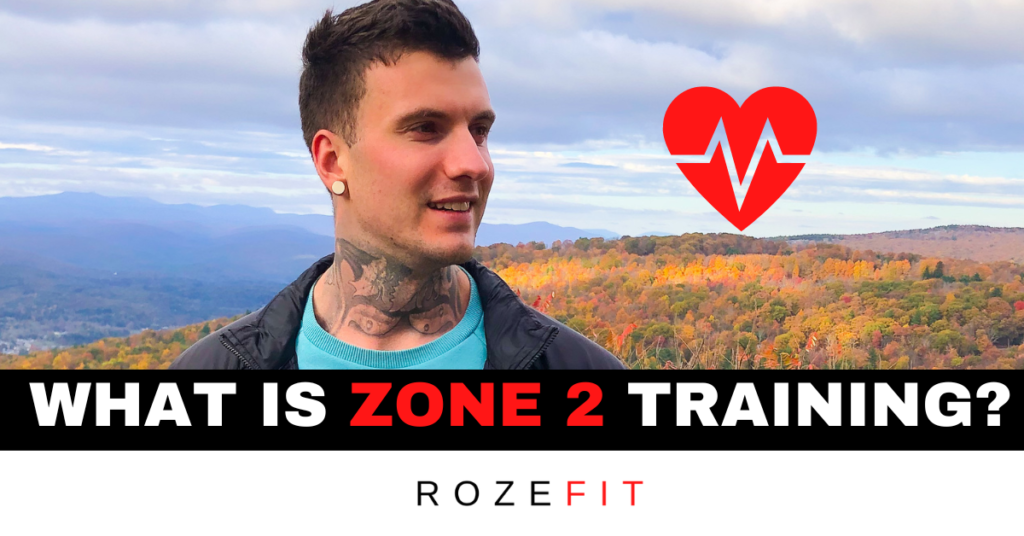Considering more than half of the population is insulin resistant and has undiagnosed pre-type 2 diabetes, it is important that we talk about zone 2 training.
Zone 2 training is the best way to improve your metabolic health.
If you want to increase your insulin sensitivity, lower blood sugar levels, and lose body fat – then you need to implement Zone 2 training.
And in this article, I’m going to explain exactly what Zone 2 training is and how you can implement it to drastically improve your health.
I implement Zone 2 with my clients to improve all of their metabolic health parameters.
If you need more help getting your health & fitness back on track, take a look at my coaching options below and send me an email.
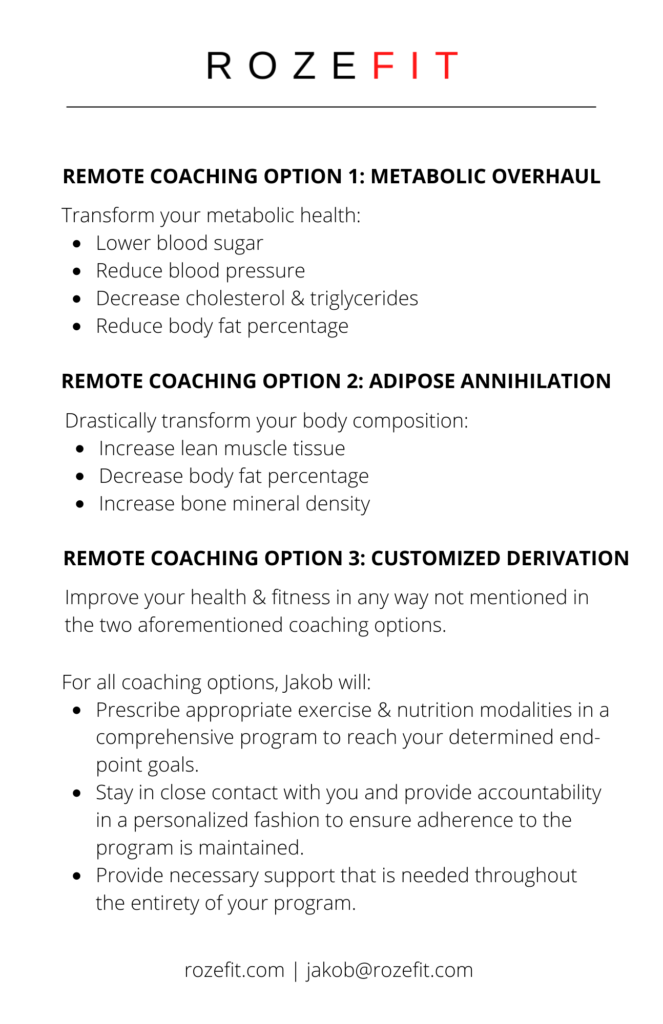
Zone 2 Training
Simply put, Zone 2 is a sustained exercise intensity where you are burning fat as your primary fuel source.
In Zone 2, you are stimulating type 1 muscle fibers.
Zone 2 stimulates mitochondrial growth and function which improves the ability of your body to utilize fat.
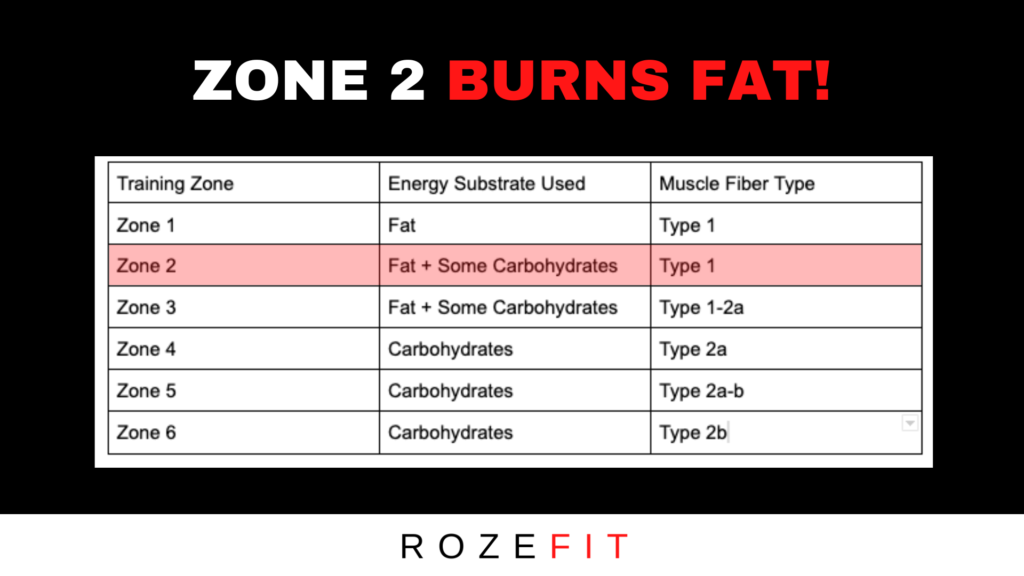
Most people who are metabolically inflexible or have insulin resistance are unable to burn fat as their primary fuel source.
This means they rely on glucose as fuel.
Why You Should Train in Zone 2
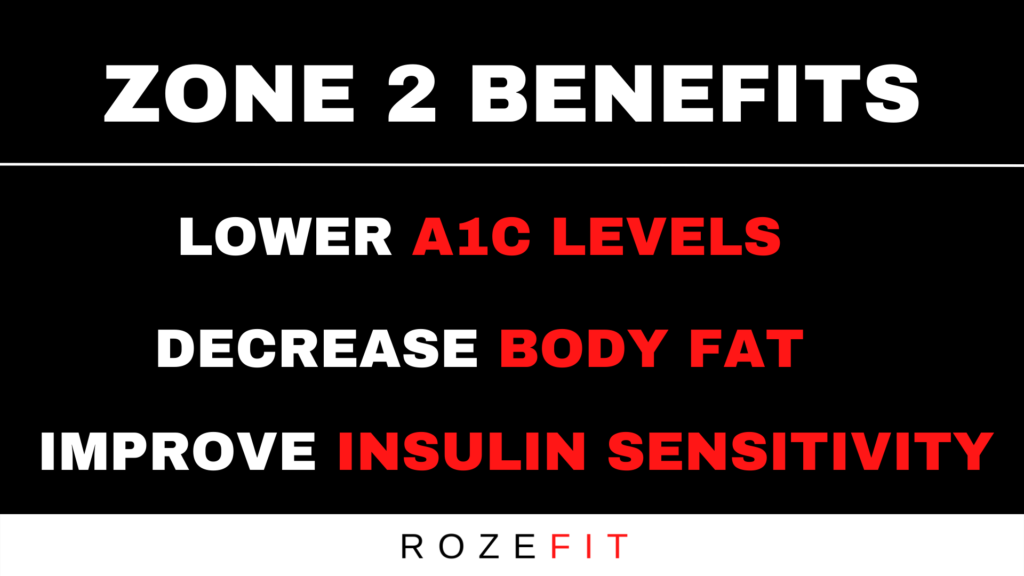
Why does this matter?
One of the hallmarks of aging and metabolic disease is mitochondrial inefficiency.
So if we can make the mitochondria more efficient, we slow down aging and improve metabolic health by definition.
Zone 2 in specific allows you to become more efficient at insulin-dependent and insulin-independent glucose uptake.
Or in other words, Zone 2 training allows you to shuttle sugar from the food you ingest into the liver and muscle where it can be stored for energy instead of ending up in your bloodstream and causing high blood sugar.
And glucose disposal is incredibly important for preventing diabetes and metabolic disease.
You want to train your body to burn fat as fuel instead of glucose for long-term metabolic health and longevity.
And Zone 2 training, improves your mitochondria’s ability to do this.
How to Exercise in Zone 2
So here is how you exercise in Zone 2.
Step 1: Find Your Zone 2 Specific Heart Rate
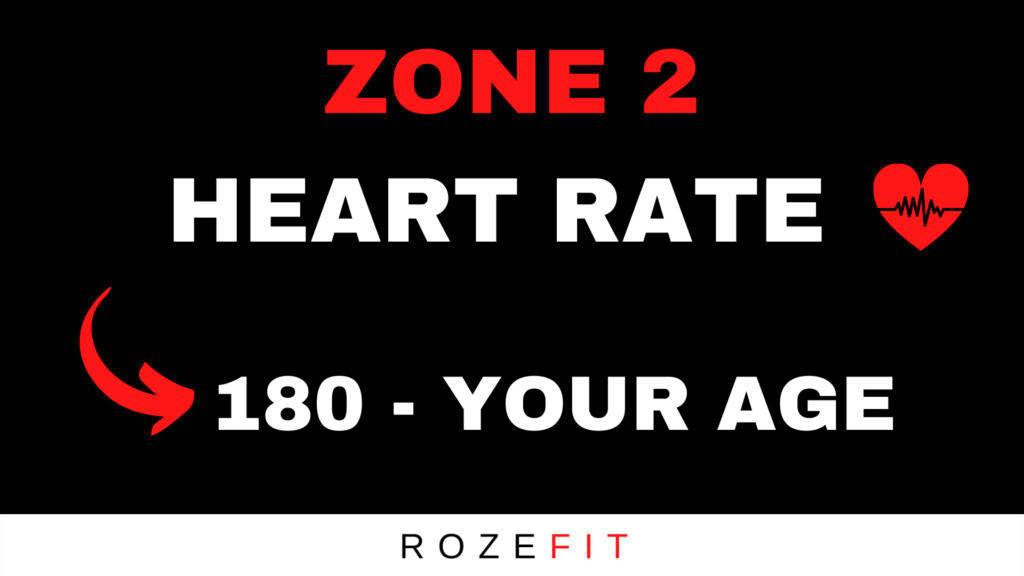
Simply take 180 – (your age) to find your Zone 2 specific heart rate.
Step 2: Choose a Way to Exercise in Zone 2
Once you find your Zone 2 specific heart rate, you need to exercise in a way that lets you maintain that heart rate throughout the entirety of the session.
If your heart rate rises above or falls below that number, you will enter a different training zone that does not maximally improve your mitochondria.
That’s why I recommend a stationary exercise bike because it allows you to keep track of your exact power output which will correlate with your Zone 2 specific heart rate.
You could also do the same on a treadmill and keep track of the incline and speed that allows you to hit your Zone 2 heart rate.
Step 3: Train in Zone 2 for the Optimal Duration & Frequency
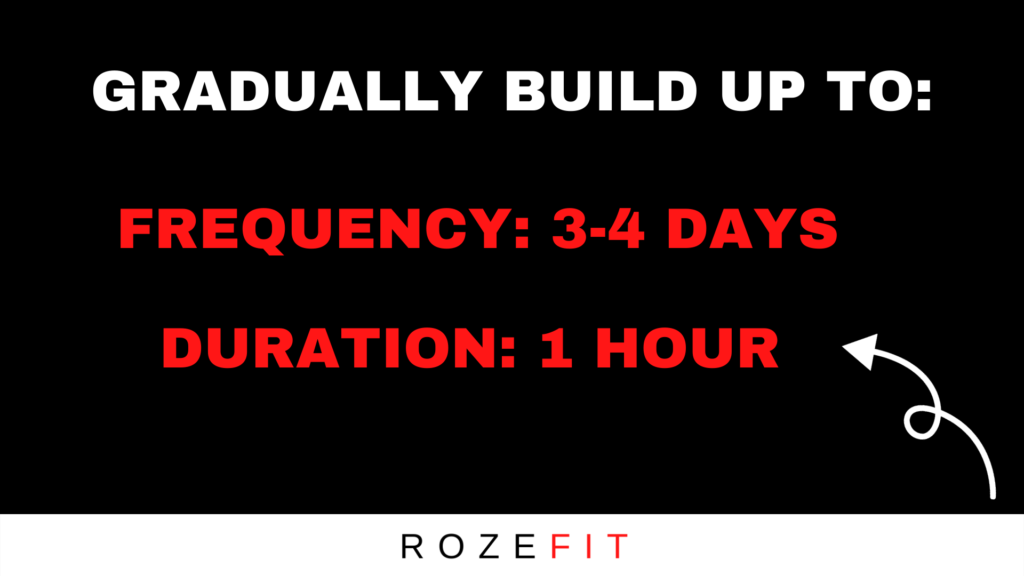
Research from Dr.Inigo San Millan has suggested that the optimal amount of time to exercise in Zone 2 is 45 minutes – 1 hour.
3-4 days per week.
Now at first, you may be thinking – there is no way I can do sustained cardiovascular exercise for an hour, three to four days a week.
However, you need to remember your Zone 2 pace is relative to you.
Everyone has a different Zone 2 depending on how fit they are.
So if you have not exercised in a long time, guess what?
Your Zone 2 heart rate will likely be walking at a brisk pace.
You won’t even need to jog because you may achieve your target heart rate simply by speed walking.
Now, as you get more fit of course your heart needs to be stimulated more in order to get to your target heart rate of 180 – (your age).
And so of course that means you will need to increase the intensity of the exercise.
Which means picking up the pace and cycling a little faster.
How to Gauge Your Zone 2 Intensity
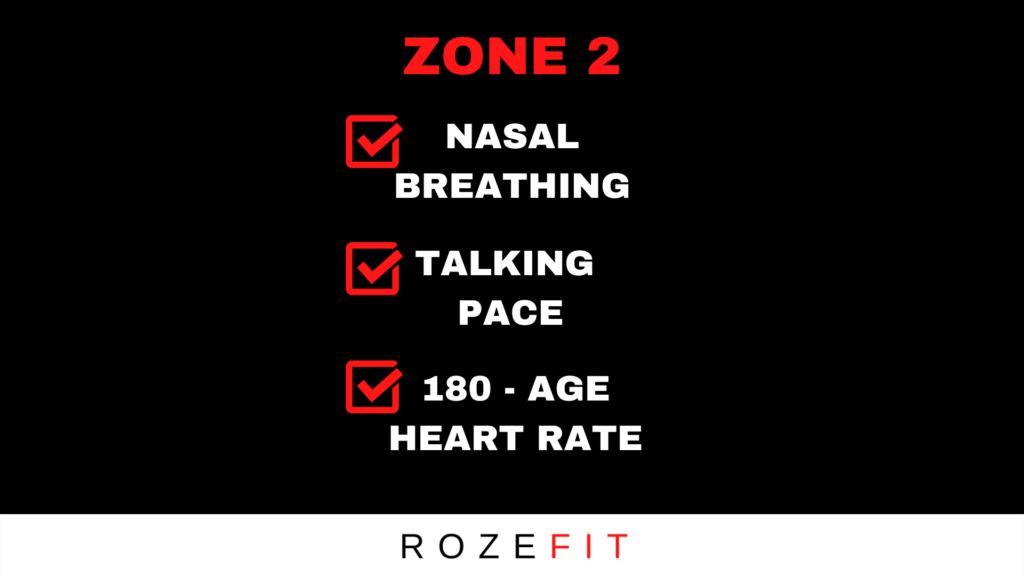
The good news is that your Zone 2 heart rate will never have you gasping for air, completely exhausted.
No matter how fit you are.
In fact, if you are too tired and are experiencing really labored breathing, you are overdoing it!
I tell my clients that the entire Zone 2 session has to be at a conversational pace.
So if you are truly in Zone 2, you will be able to theoretically have a conversation for the full hour.
That’s how you gauge the intensity.
It’s a moderate intensity that is sustained.
It is not high intensity.
Starting Zone 2 for the First Time
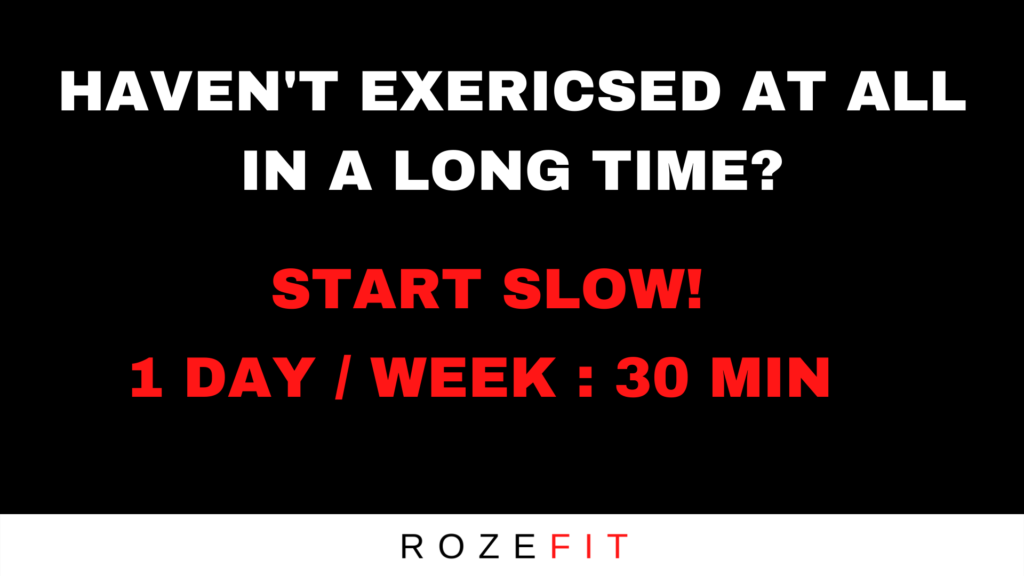
Even though Zone 2 is a very moderate pace, I recommend that anyone who has not exercised in a long time – start off slow and gradually build up.
So if you have not exercised in years, perhaps start with just 1 day a week of Zone 2 training at just 30 minutes.
Then you can gradually build up over time to the ideal prescription which is again – 1 hour, 3 to 4 days per week.
You don’t need to turn into a super athlete to receive the metabolic benefits of Zone 2 training.
In fact, the greatest improvements to your health will occur when you go from not fit at all, to moderately fit.
I have used Zone 2 training to help my clients reduce their A1C levels, reverse insulin resistance, and reduce body fat.
It is an incredibly effective tool for reclaiming your metabolic health, and I highly recommend that you utilize it.
Reach Out to me
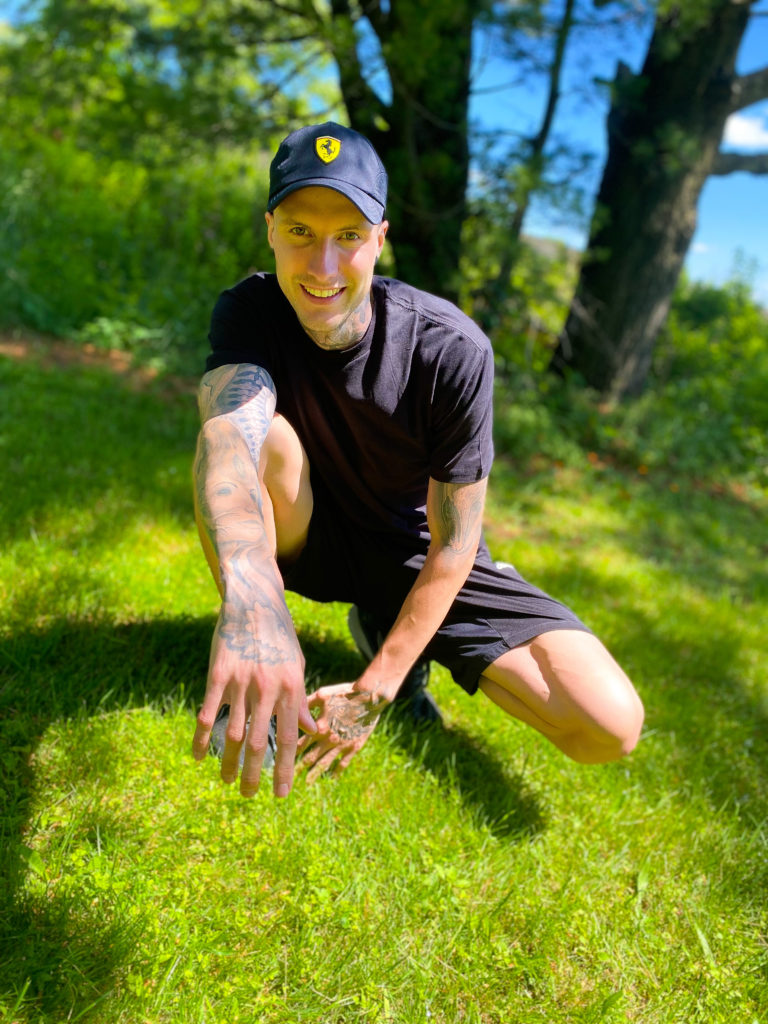
If you have any questions at all about Zone 2, please feel free to leave a comment below and I will get back to you.
You can also send me an email.
jakob@rozefit.com
I really value personal relationships and I am really passionate about helping people improve their health and fitness.
You can also read all of my other articles on metabolic health here or learn more about my coaching options.
Cheers and we’ll see you next time!

